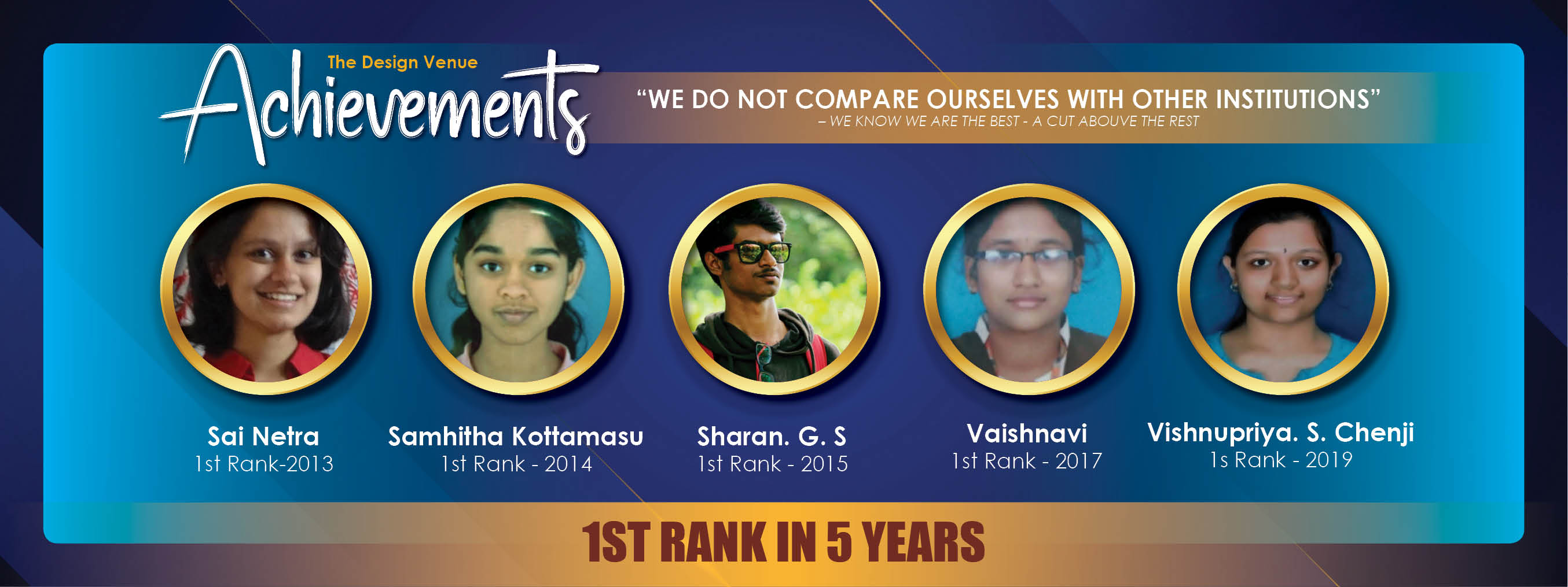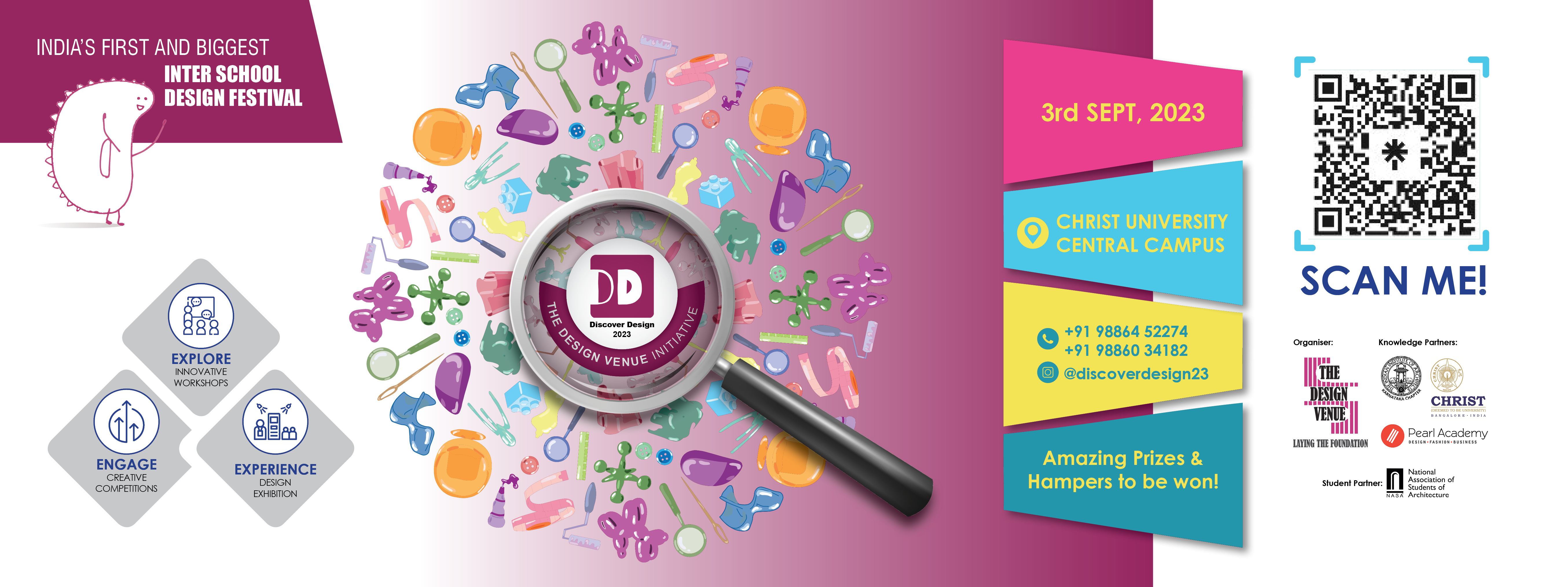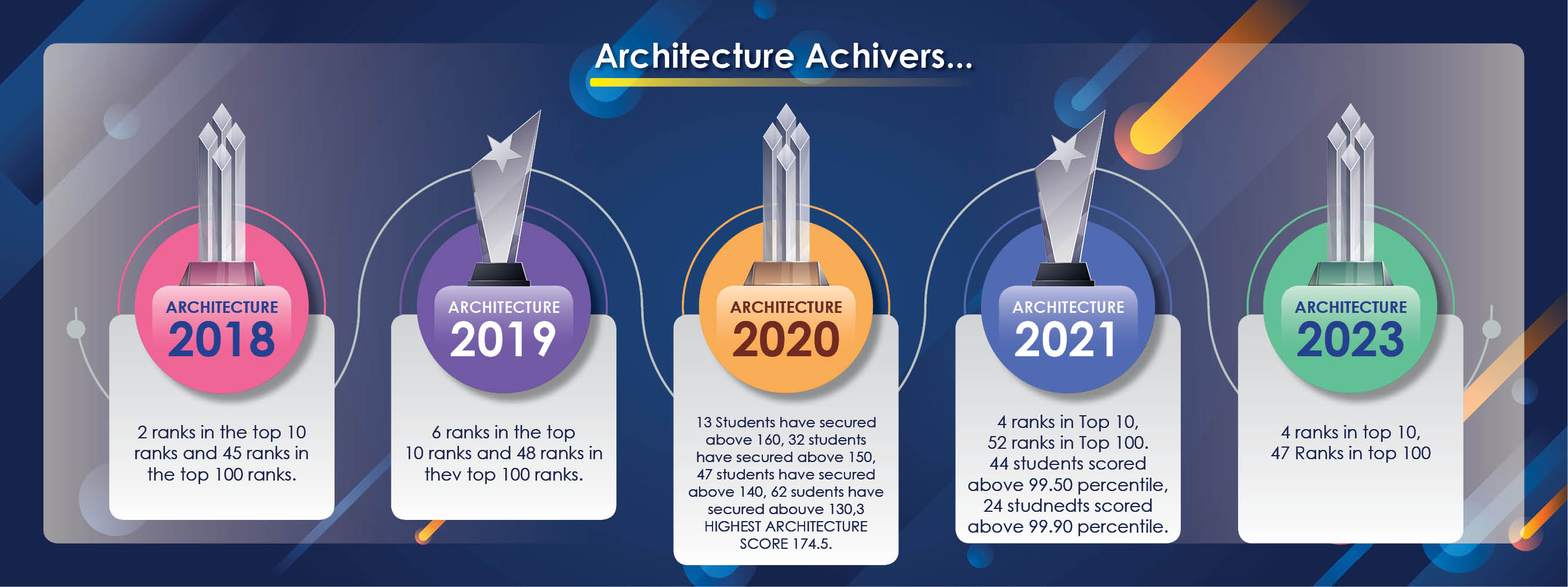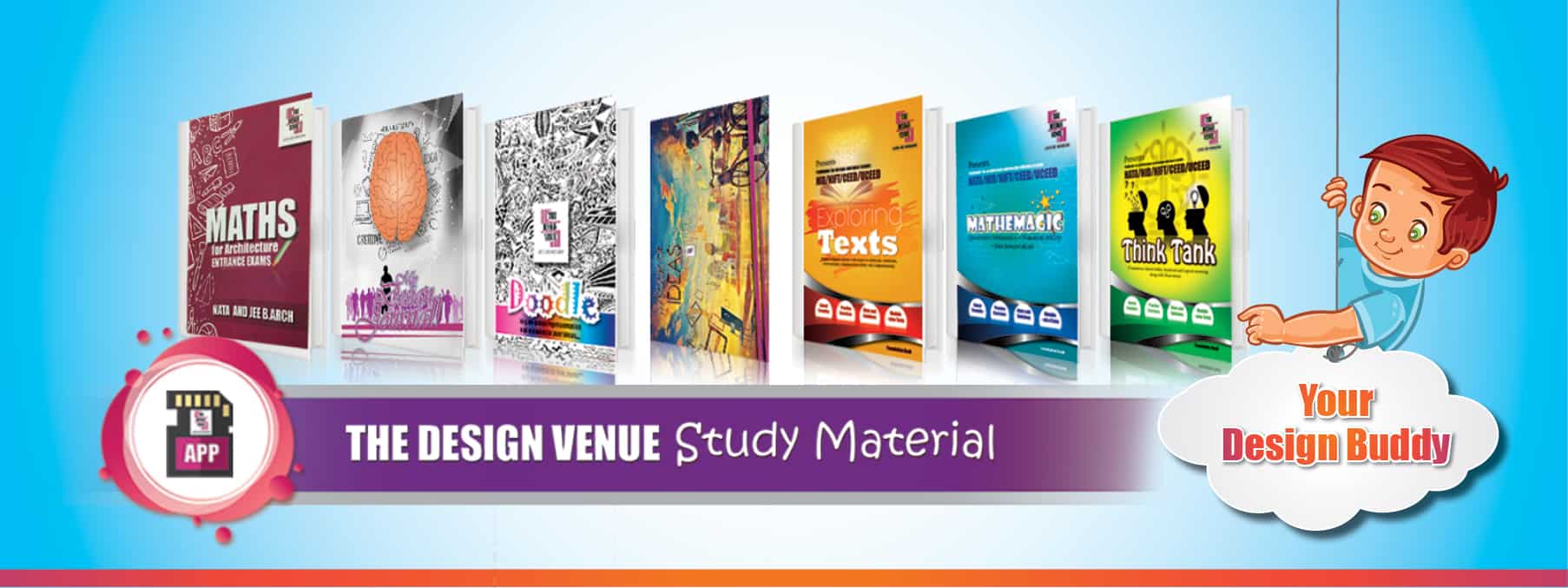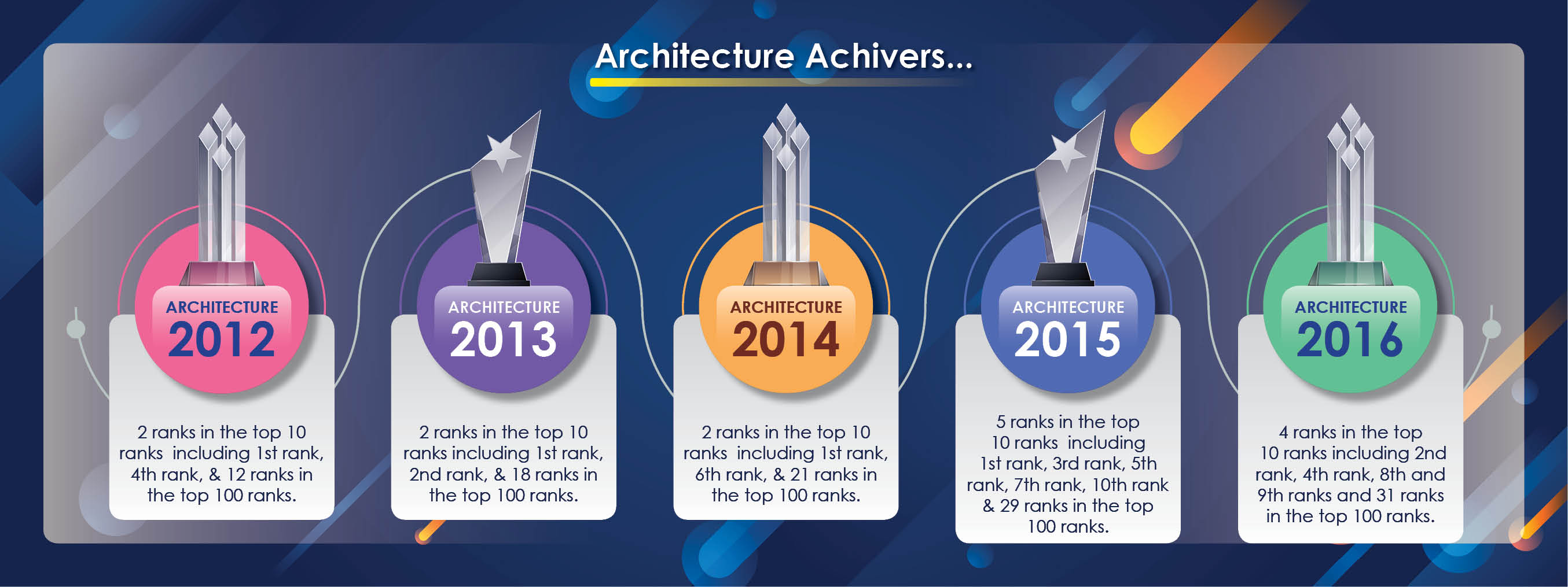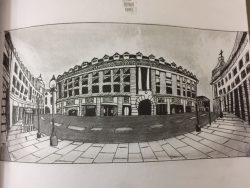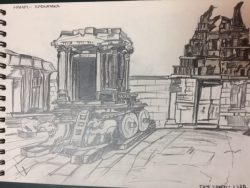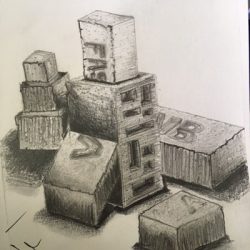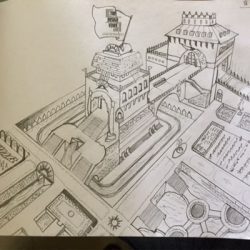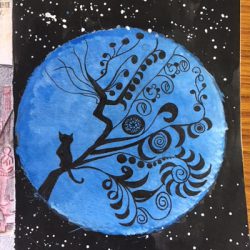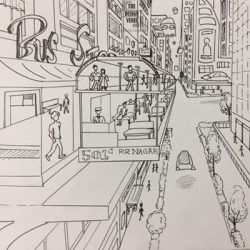Portfolio
When you apply to a course in a subject like architecture, interior and furniture design, graphic design, product design, fashion design, and other hands-on disciplines at a design school, a portfolio is a very important part of your application.
The Design Venue Portfolio development modules focuses on the design and development of creative and innovative thoughts and processes. You will be encouraged to explore materials, techniques and processes.
Seminars and workshops on portfolio development take place throughout the course to enhance your creativity, design skills and design practices.
What is a portfolio?
A portfolio is a collection of your work, or a ‘visual diary’, showing how your skills and ideas you have developed over time.
It demonstrates your creativity, personality, abilities and commitment, and helps design schools to evaluate your potential.
Why do you need a portfolio?
Your portfolio helps design schools to assess your suitability for your chosen course. It shows your ability to work with different materials and themes and to select your most successful pieces.
It demonstrates your technical and visualisation skills, including drawing and photography. It shows evidence of your practice (for example, essays, journals and blogs) and how you use research, theory and process to develop your ideas.
What should your portfolio include?
Below is a list of what most design schools recommend you include in your portfolio:
- Examples of your research, development of your ideas and finished pieces
- Your most recent work, even if it’s not finished
- Your own independent work; for example, work completed at summer school or on a short course, photography and/or your own experimentation
- Your sketchbooks – they’re a really good way to show design schools your research and development of ideas. They should include primary and secondary research, rough ideas and notes, descriptions and annotations. They should demonstrate a variety of media and experimentation
- Your portfolio could include the following areas of work:
- 3D and product design
- Drawing and painting
- Fashion and textile design
- Film, video and animation
- Graphic design and illustration
- Interior and spatial design
- Printmaking and digital prints
- Performance
- Photography
- Sculpture and installations
- Written work including essays, journals, blogs and magazines.
How should you present your portfolio?
Remember that entry requirements, including portfolios, are different for each course. Some advice on how you should present your portfolio:
- A portfolio can be any size, depending on the work it contains, but make sure it’s practical to carry around.
- There’s no limit to the amount of work it can contain, but be practical and select only your best work – usually a selection of different projects and 2-3 full sketchbooks is a manageable amount.
- Large pieces of work, for example, 3D objects or large paintings, can be photographed and presented in your portfolio. You can bring 1-2 physical examples with you if you’re invited to an interview, but only if they’re small, light or difficult to photographed.
- Keep it simple, uncluttered and relevant – mount work on to the same size sheets of white cartridge paper or ivory sheets or even hand -made sheets preferably made by you.
- Give your work space to breathe, for example, if you have 10 similar prints then choose only the best 2 or 3 for your portfolio.
- Position your work logically and try to present your work so that everything’s facing the same way up.
- Start and end your portfolio with your strongest pieces of work.
- Make sure that your portfolio shows variety
- Show work that you’re able to talk about.


